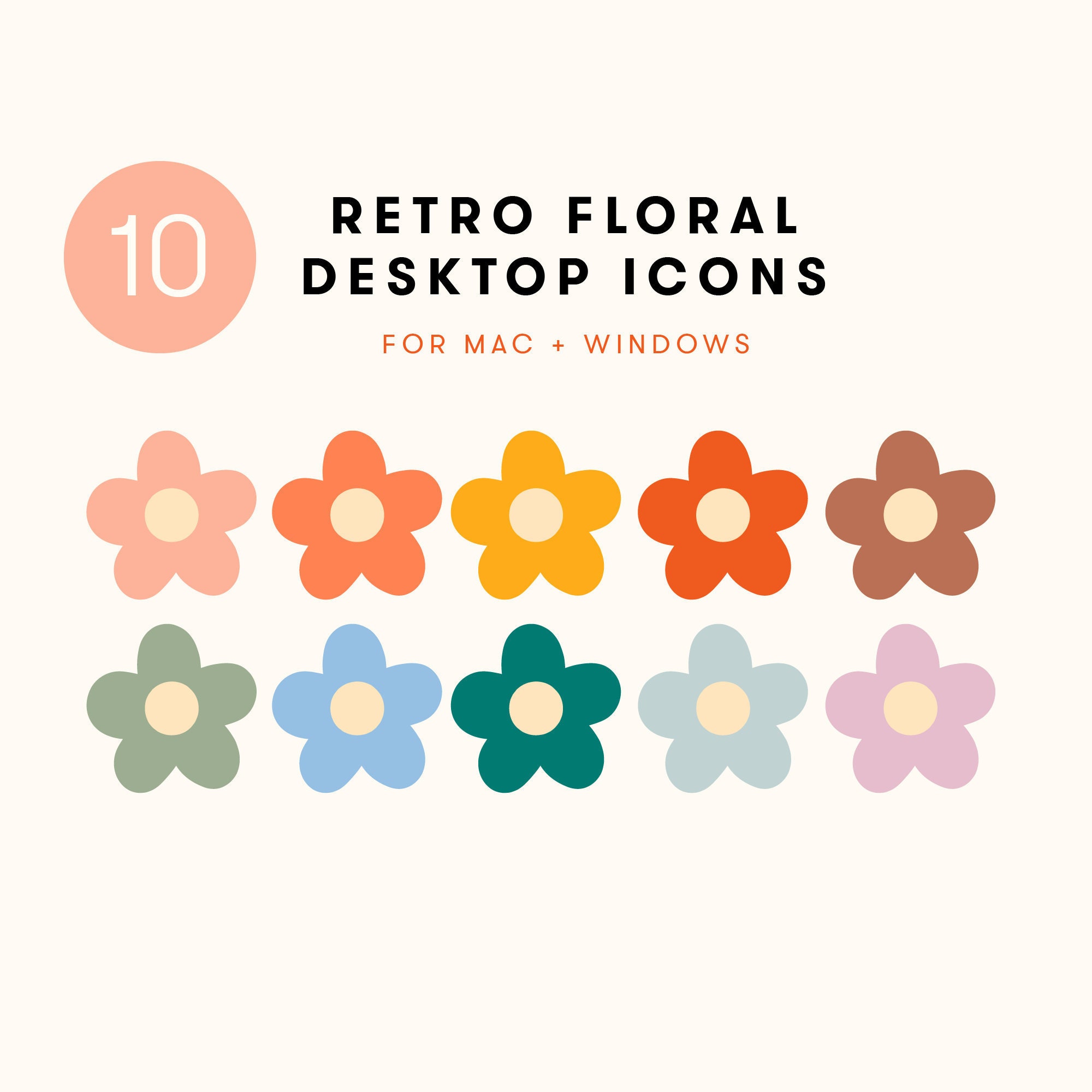

- #High sierra folder icon png install#
- #High sierra folder icon png archive#
- #High sierra folder icon png upgrade#
Important: To get the correct installer, download from a Mac that is using macOS Sierra 10.12.5 or later, or El Capitan 10.11.6. If the installer opens after downloading, quit it without continuing installation.
#High sierra folder icon png install#
Installers for each of these macOS versions download directly to your Applications folder as an app named Install macOS Catalina, Install macOS Mojave, or Install macOS High Sierra. MacOS Catalina, macOS Mojave, or macOS High Sierra
#High sierra folder icon png upgrade#
Download macOSįind the appropriate download link in the upgrade instructions for each macOS version: You don't need a bootable installer to upgrade macOS or reinstall macOS, but it can be useful when you want to install on multiple computers without downloading the installer each time. These advanced steps are primarily for system administrators and others who are familiar with the command line. Note that this will work for any file or folder, not just.app files. Now hit ⌘ + V (paste) to overwrite the default icon with the new one. It will get a subtle blue outline if you did it right. Select the app icon in the top left corner by clicking it once.
Right-click the.app file of which you want to change the icon and select “Get Info” (or select the file and press ⌘ + I).
#High sierra folder icon png archive#
The file will automatically be decompressed by Archive Utility into the same folder the compressed file is in. To unzip files on a mac, simply follow the steps below: Double click the zipped file. Unzipping a file on a mac computer is user-friendly and intuitive. The Terminal app will launch, the script will be executed, and you'll see the results, like this: Uptime: one day, 21 h since my last reboot. Double click the file 'ByYourCommand' on the desktop.

If you right click it (or option-click it, or use terminal), you can actually go into this folder and see all the contents, such as the icon, the library and resource files, etc. The iTunes app in the Apps folder actually corresponds to a folder called iTunes.app (you can verify with Terminal). When it comes to icons of any sort, PNG, with its transparent background, is the most popular format out there.You can find any PNG icon online (as long as it’s square and high-resolution) and make it an icon for any app, file, or folder on your Mac. Change App, File, and Folder Icons Using PNG Images.


 0 kommentar(er)
0 kommentar(er)
